Relation between current in a conductor and time is shown in fig.
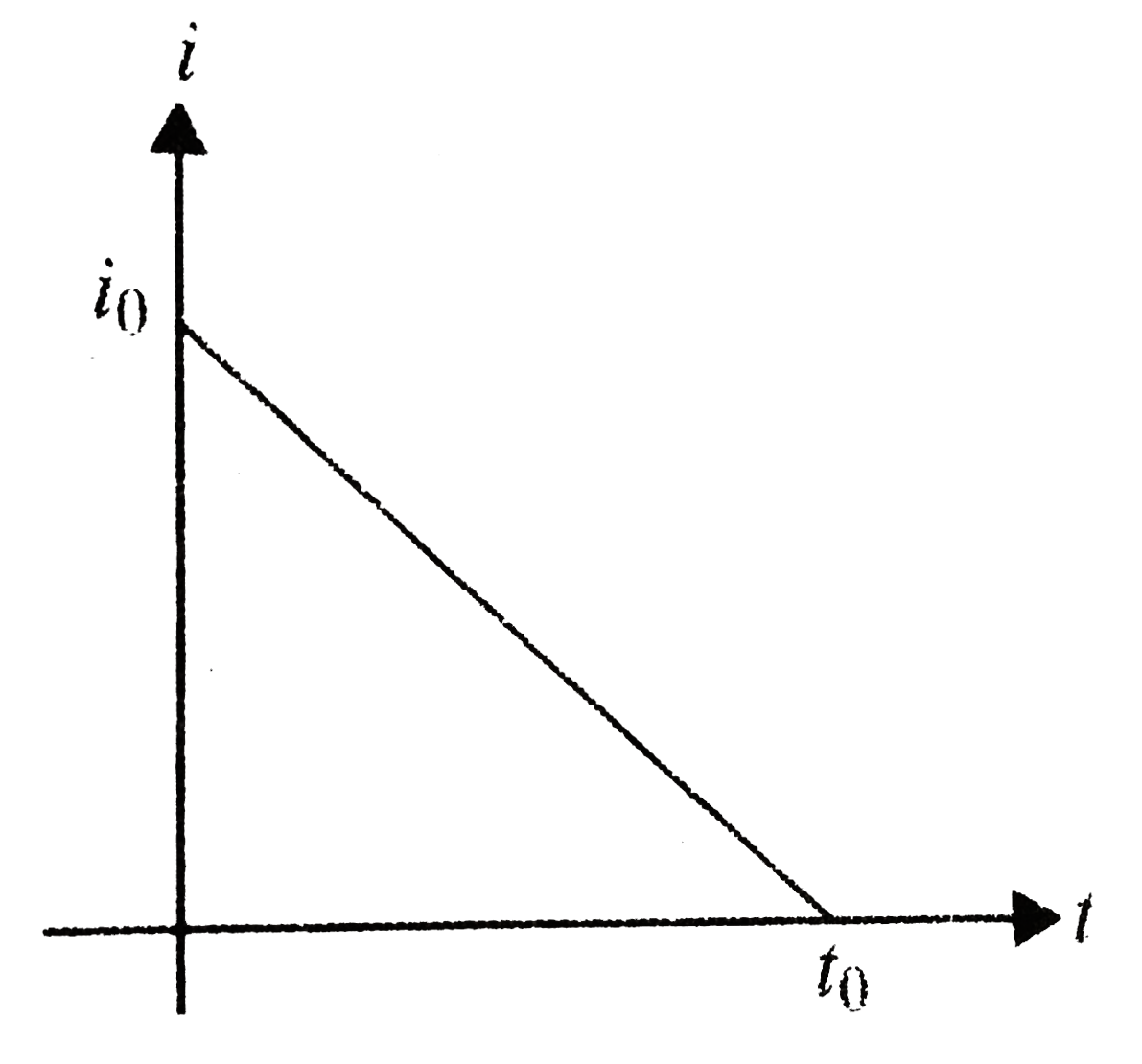
Total charge flowing through the conductor is
i0t0/2
i0t0
i0t0/4
2i0t0
The correct Answer is:A
q=∫= area of given curve =12i0t0
ii0+tt01 or I=i0(1−tt0)
Heat =∫i2Rdt=∫t00i20R(1−tt0)2dt
H=i20R(1−tt0)33(−1t0)⎤⎥
⎥
⎥⎦t00orH=Rt0i203
Topper's Solved these Questions
- BOOK - CENGAGE PHYSICS ENGLISHCHAPTER - ELECTRIC CURRENT AND CIRCUITEXERCISE - Interger8videos
ELECTRIC CURRENT AND CIRCUIT
- BOOK - CENGAGE PHYSICS ENGLISHCHAPTER - ELECTRIC CURRENT AND CIRCUITEXERCISE - Multiple Correct16videos
ELECTRIC CURRENT AND CIRCUIT
- BOOK - CENGAGE PHYSICS ENGLISHCHAPTER - ELECTRIC CURRENT & CIRCUITSEXERCISE - Kirchhoff s law and simple circuits15videos
ELECTRIC CURRENT & CIRCUITS
- BOOK - CENGAGE PHYSICS ENGLISHCHAPTER - ELECTRIC FLUX AND GAUSS LAWEXERCISE - MCQ s38videos
ELECTRIC FLUX AND GAUSS LAW
Similar Questions
Relation between current in a conductor and time is shown in fig.
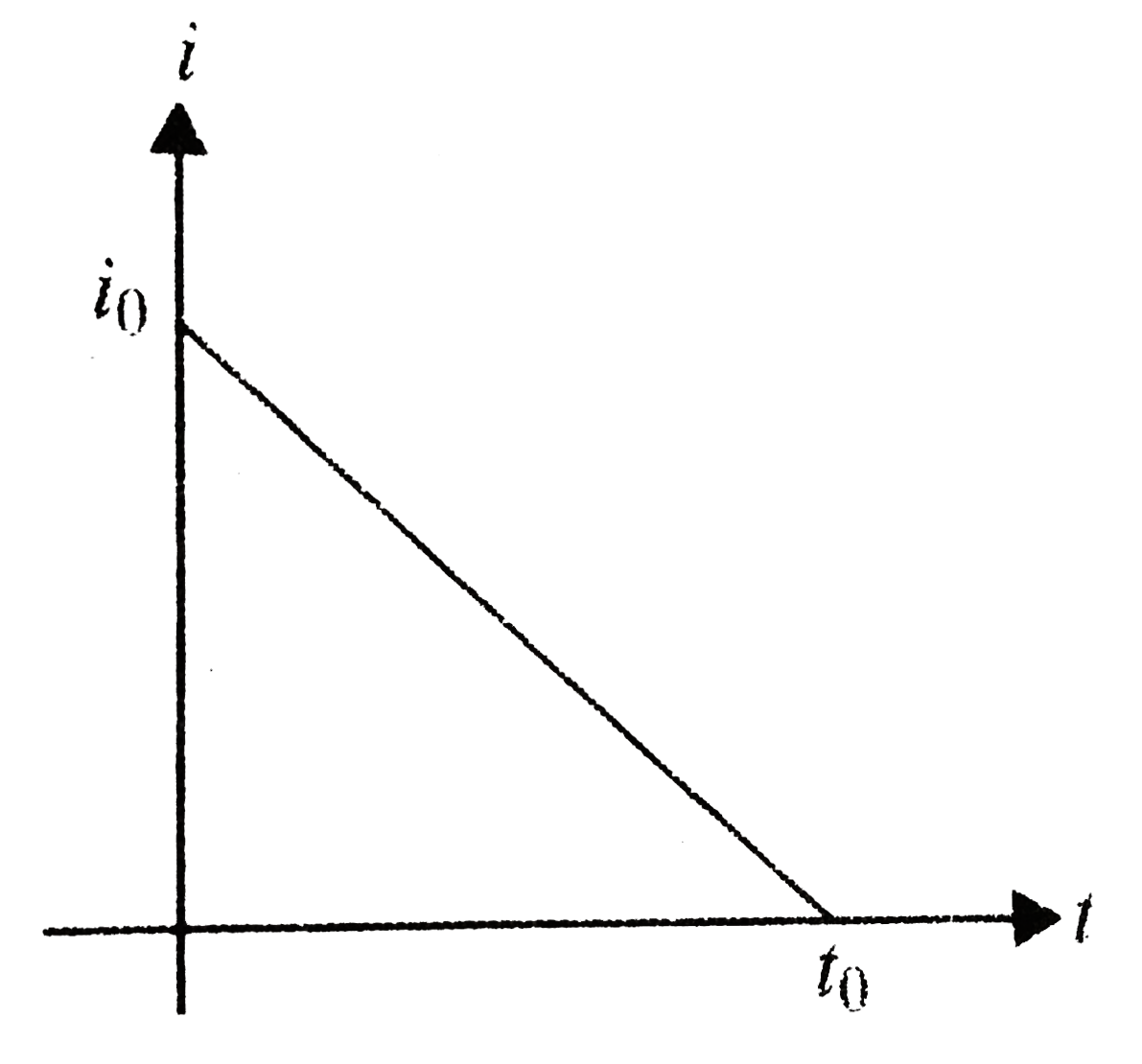
If the resistance of the conductor is R, then the total heat disspipated across resistance R isView SolutionRelation between current in a conductor and time is shown in fig.
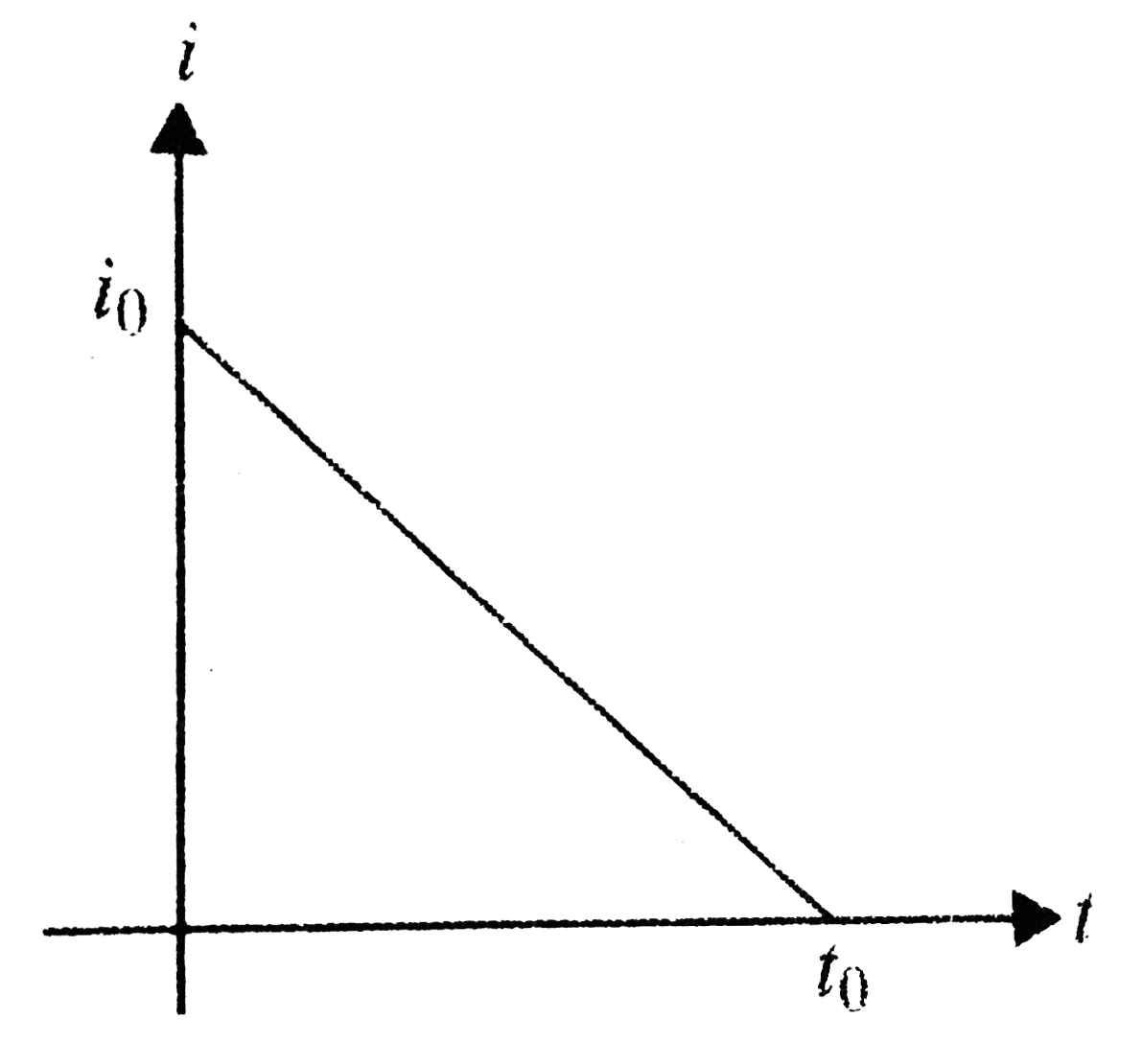
Write the expression of current in terms of time.View SolutionIn an electric circuit shown alongside, find
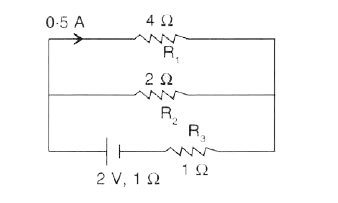
terminal voltage of the batteryView SolutionWhen a current passes through a resistor, its temperature increases. Is it an adiabatic process?
View SolutionSTATEMENT-1 : As the drift velocity increases, the current flowing through the conductor decreases,
and
STATEMENT-2 : The current flowing through a conductor is directly proportional to drift velocity.View SolutionCurrent l versus time t graph through a conductor is shown in the figure. Average current through the conductor in the interval 0 to 15 s is
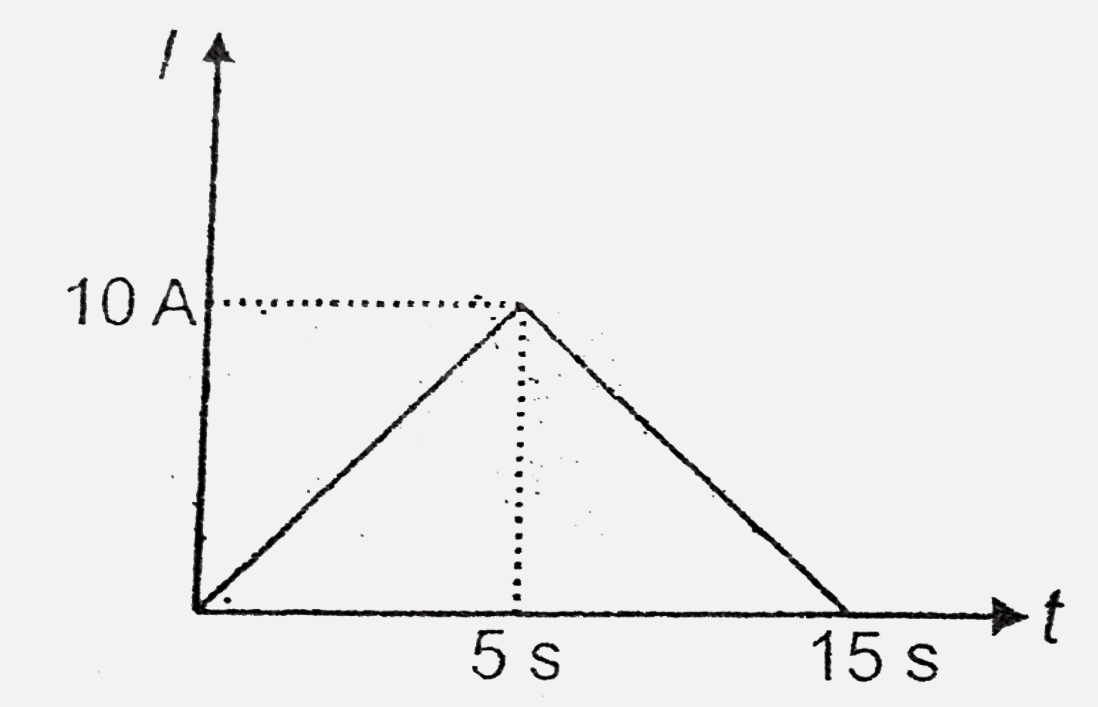 View Solution
View SolutionWhen no current is passed through a conductor,
View SolutionMention the angle between a current carrying conductor and magnetic field for which the force experienced by this current conductor placed field is largest ?
View SolutionThe current flowing through a conductor is given by I=neAvd. (i) Identify each term in the equation. (ii) Obtain an expression for Vd, if the current flowing through the conductor of length / has its ends maintained at a potential difference V volt.
View SolutionExplain the term 'drift velocity' of electrons in a conductor. Hence obtain the expression for the current through a conductor in terms of 'drift velocity'.
View Solution

